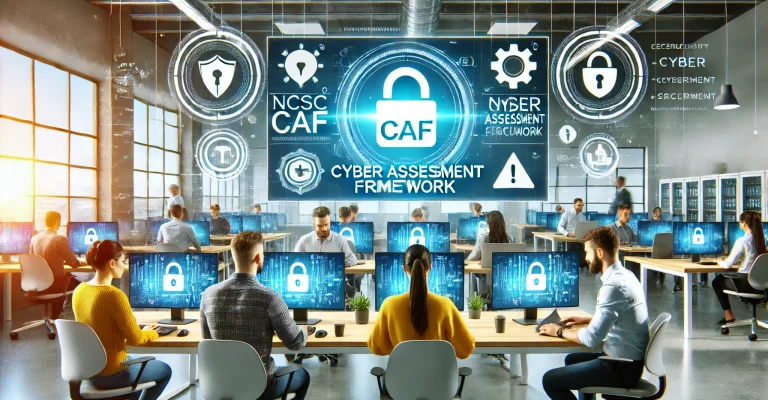Introduction to Digital Forensics:
In today’s rapidly evolving digital age, businesses find themselves increasingly reliant on technology to carry out their day-to-day operations and store valuable data. However, this growing dependence on digital infrastructure also exposes them to a multitude of cybersecurity threats, as cybercriminals continuously innovate and refine their attack methods. In this challenging landscape, it has become absolutely essential for companies to be well-prepared to handle security incidents effectively. The answer lies in the powerful combination of digital forensics and incident investigation techniques, enabling businesses to fortify their defenses and protect their valuable assets.

Digital Forensics Techniques:
Digital forensics, often referred to as computer forensics, is a sophisticated process that involves collecting, analysing, and preserving electronic data for use as admissible evidence in a legal case. This indispensable technique can be broken down into three critical stages, each of which plays a vital role in uncovering crucial evidence:
- Acquisition: During this stage, digital forensics experts meticulously identify, preserve, and collect electronic data from various sources. The process may involve creating a forensically sound copy of the data, either through disk imaging or selective file copying. This ensures that the original data remains intact and unaltered throughout the investigation, providing a reliable basis for analysis.
- Analysis: The acquired data is subjected to a thorough and detailed examination to uncover relevant evidence. Forensic experts employ a wide array of methods, including keyword searches, pattern recognition, and data recovery, to piece together the events leading up to the security incident. By scrutinising digital clues left behind by cybercriminals, the analysis helps in understanding the nature and extent of the attack, enabling a more effective response.
- Reporting: Once the analysis is complete, all findings and evidence are meticulously documented in a comprehensive report. This report serves as a crucial resource for legal purposes and can be presented in court as part of the evidence. It contains a detailed description of the incident, the collected evidence, and a thorough analysis of the findings, providing a clear and concise account of the cyber attack.
Incident Investigation Techniques:
Incident investigation is a proactive and comprehensive approach to identify, assess, and respond to security incidents promptly. To achieve this, the process can be divided into four key stages, each aimed at mitigating the impact of security breaches:
- Preparation: Preparation is a cornerstone of effective incident response. Establishing robust policies and procedures to handle potential security incidents is essential. Organisations need to identify critical assets, form specialised incident response teams, and conduct regular security assessments and drills to enhance preparedness. By having a well-structured plan in place, businesses can minimise downtime and swiftly contain threats when they occur.
- Identification: Swiftly detecting and confirming the occurrence of a security incident is paramount. Close monitoring of system logs, real-time analysis of network traffic, and conducting interviews with personnel can help identify the breach promptly. Early detection allows for a rapid response, minimising the potential damage and preventing further escalation.
- Containment: The containment stage focuses on limiting the spread of the incident and mitigating further harm. By isolating the affected systems and devices, organisations prevent the attacker from gaining deeper access to the network or causing more damage. Quick and decisive action is essential during this stage to prevent the incident from escalating into a full-scale data breach.
- Recovery: Once the threat is contained, the recovery stage involves restoring affected systems to their normal operation. This may include applying security patches or updates, restoring data from secure backups, and reconfiguring systems to bolster their defenses against future attacks. An efficient recovery process is vital to minimise downtime and resume business operations promptly.
Conclusion:
In conclusion, digital forensics and incident investigation techniques are critical components of a robust cybersecurity strategy for businesses in the ever-evolving cyber age. With the constant advancement of cyber threats, staying proactive and well-prepared is not just prudent, but necessary to safeguard valuable data and ensure seamless business continuity. By integrating both digital forensics and incident investigation techniques and collaborating with experienced cybersecurity professionals, organisations can effectively defend against cyber threats and protect their interests in the face of security incidents. Embracing digital forensics and incident investigation is no longer an option; it is an imperative for businesses navigating the dynamic and challenging digital landscape. Through these proactive measures, companies can fortify their defenses and confidently face the cybersecurity challenges that lie ahead.














